Formula E
"Water Strider” Wins Formula E-inspired Innovation Contest
It’s an autonomous hydrofoil electric-powered watercraft capable of carrying up to five cubic meters of cargo – and it could be part of the future of urban and coastal logistics. The “Water Strider” is the brainchild of two transport design students in London – and it’s the winner of the inaugural, Formula E-inspired DHL Blue Sky Transport Design Award.
A few days ago, Oliver Lehtonen and Philippe Hohlfeld were (just) two eager young graduating students (2015) of Transport Design at the Royal College of Art in London. Today, Oliver, who is from Finland, and Philippe, who hails from Luxembourg, are DHL’s first ‘e-nnovators’ – winners of the inaugural DHL Blue Sky Transport Design Award. The two young designers developed the “Water Strider” – an innovative concept for parcel delivery that impressed the likes of world-class designer Paul Priestman, who chaired the judging panel.
A more sustainable future
The winning design prototype was unveiled on June 26, one day ahead of the FIA Formula E London ePrix, at an award ceremony at PriestmanGoode’s design studio in the heart of the British capital.
“We don’t just want to make pretty things. We want to make things that go into the world, that change the world, that do something better, something bigger.” (Philippe Hohlfeld)
“There’s been a lot of talk recently in the press about ships and their environmental impact,” said Paul Priestman at the unveiling. “So it was quite interesting that the winning entry has something to do with ships.
The Water Strider concept stood out for its originality and approach. It also reflects both DHL’s and Formula E’s vision of how transport will become more sustainable in the future: making better, more effective use of the infrastructure that already exists today while taking advantage of modern electric vehicle technology and design to improve performance and carbon efficiency.
Over fifty entries were received, of which six finalists were chosen and invited to Berlin in late May to present their designs during the Formula E DHL ePrix.
“It was a very difficult decision,” said Priestman. “We were surprised by the high quality of the designs and the finalists gave convincing presentations in Berlin last month.”
“Blue Sky, Clean Water, Quiet Roads”
Oliver and Philippe’s Water Strider is an autonomous hydrofoil electric boat capable of carrying up to five cubic meters of cargo via a country’s existing waterway system.
Under the tagline “Blue Sky, Clean Water, Quiet Roads,” the designers envision DHL leading the way for the next generation of sustainable delivery services with express delivery over water.
Water Strider is an autonomous hydrofoil electric boat capable of carrying up to five cubic meters of cargo via a country’s existing waterway system.
Why water? “We found that the market for goods transportation bases its infrastructure almost entirely on motor vehicles, all the way to the congested last mile,” says Oliver. “It’s obvious that increases in e-commerce will continue to put pressure on the current logistics system.” The Water Strider “rediscovers” the world’s waterways and takes advantage of advances in autonomous vehicle technology.
The design promises fast, quiet and clean delivery in and out of towns and cities located along rivers and coastal areas. Water Strider’s main features include retractable hydrofoils for different riding stages, a five cubic meter cargo bay that can hold as many packages as a normal delivery van, and a battery and solar powered electric drive train.
Innovating existing infrastructure
“The Water Strider solution derives from the fact that the majority of the world’s major cities are accessed through waterways,” says Philippe. “This inspired us to create a model for autonomous delivery boats to take advantage of existing infrastructure: rivers and oceans. This innovative technology and approach enables a fast, quiet and clean delivery service.”
“When we started we knew that electric mobility, electric cars had been looked at by some of the top design agencies in the world. So we asked ourselves, what else pollutes? And when we learned that the six largest container ships in the world create as much CO2 as all the cars in the world, we knew we had a problem to solve. And it appears that most people in design are not looking at it. To us, it was such an obvious solution for such an obvious problem, it nearly designed itself.”
Philippe reminded us that designers don’t develop new technology. Instead they take a broad look at existing technologies to design new solutions. “The real innovation here is the combination of technologies. We looked at all the existing technologies and tried to put them together in the best way. We feel that our innovation is a combination that hasn’t been thought of and one that has meaningful outcome.”
It’s obvious Oliver and Philippe are passionate about what they do and would like to see their design go somewhere. “We wish someone like DHL will take a look at this. We think there’s a real future here and we’d be delighted if there is any interest in taking it further. We created this concept with the passion and the purpose to become a real thing and to be useful as a real thing for the world. So we’d love for it to be realized.”
Learn more about the DHL Blue Sky Transport Design award here.
Read more about DHL and Formula E

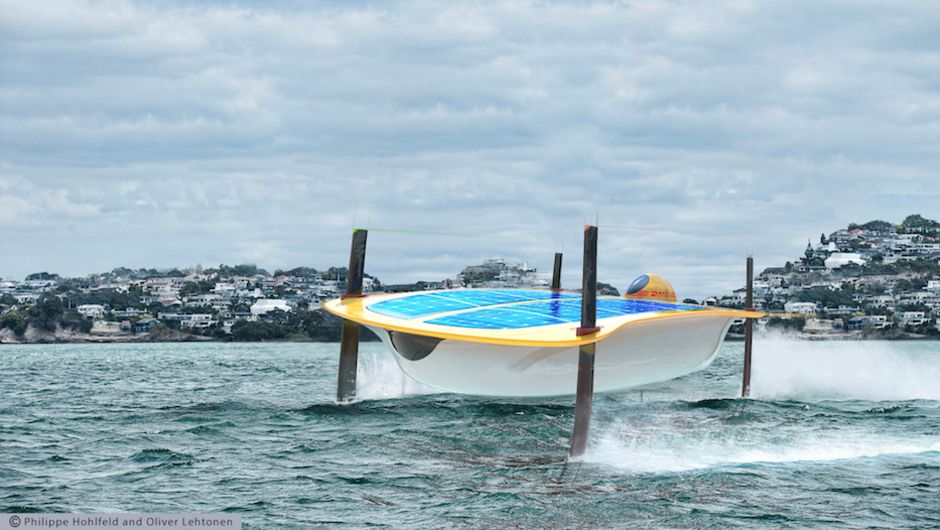

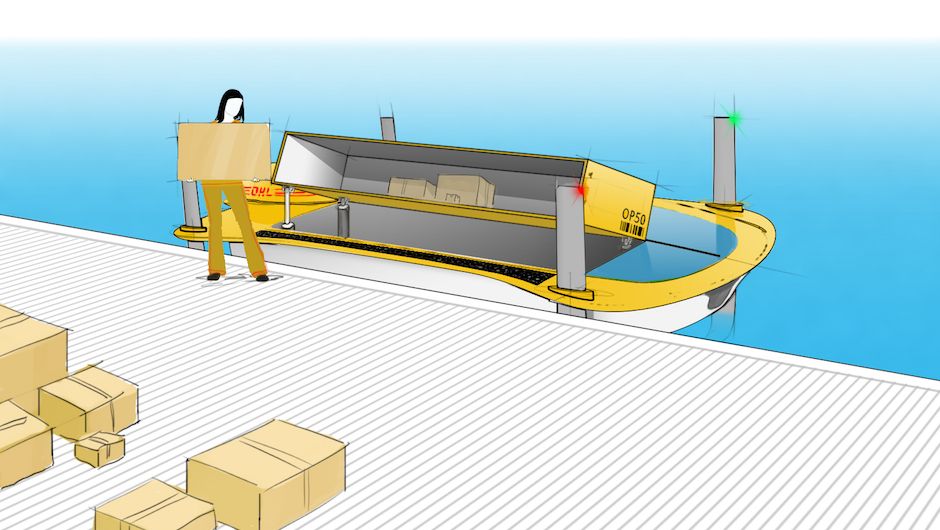

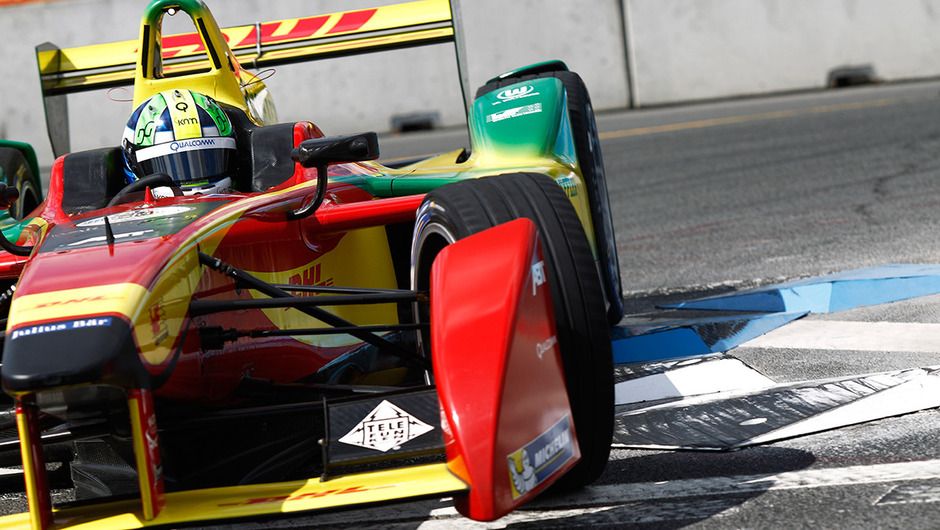
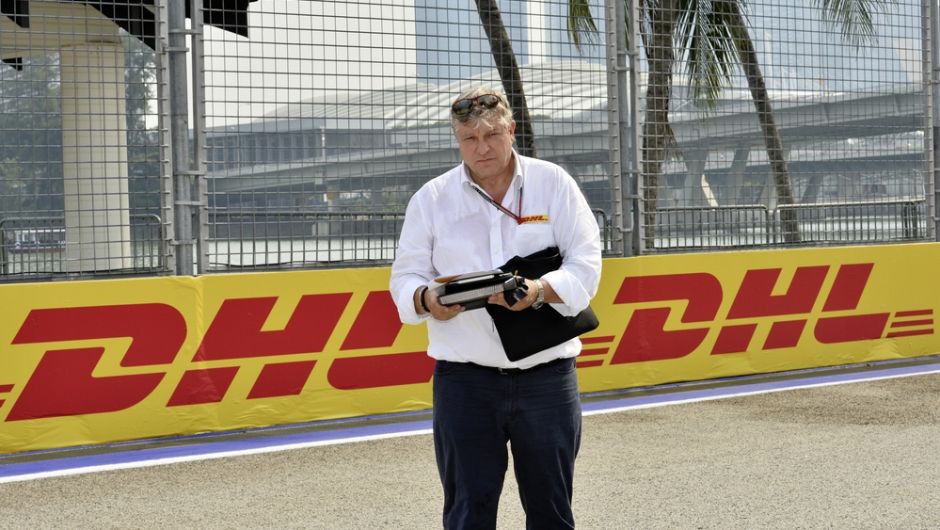
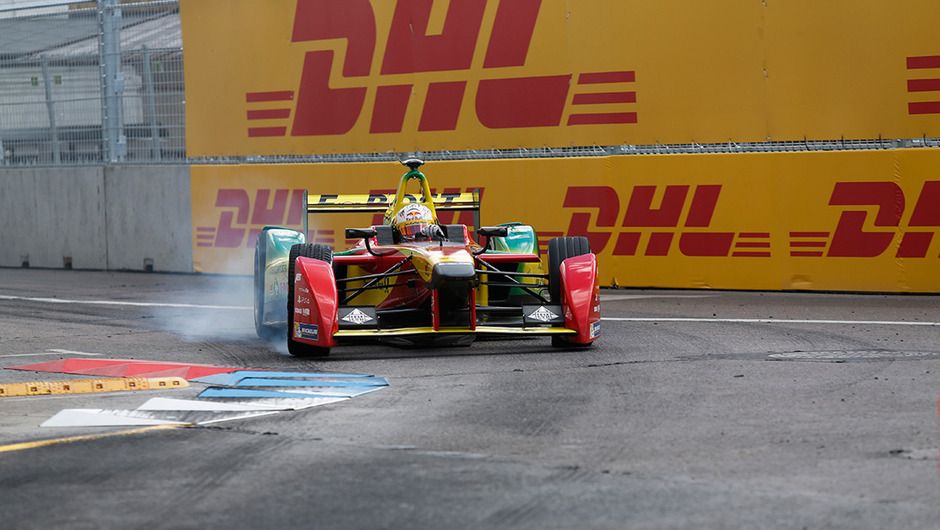
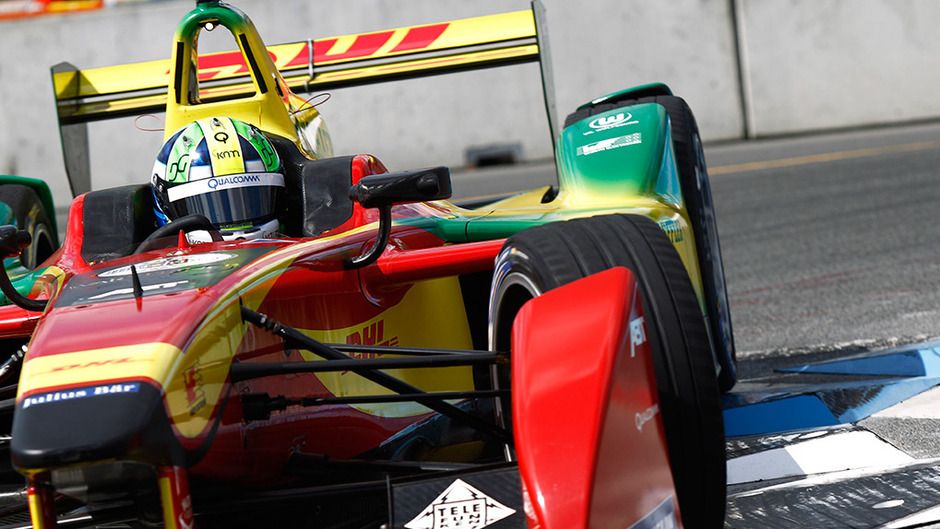
Content from disqus has been blocked because you did not allow to load it.
Loading the blocked content will adjust your privacy setting and content from this service will not be blocked in the future.
You have the right to revoke or change your decision at any time.
Posting Guidelines
All communications on Logistics of Things should be appropriate for a professional community, respecting the diverse views of individuals from different backgrounds. We will review all comments and reserve the right to terminate or restrict access to user's account and to delete any content posted through it, without notice and at our discretion, if we deem it to be overly promotional, offensive, or off topic.
All posting become property of DHL.